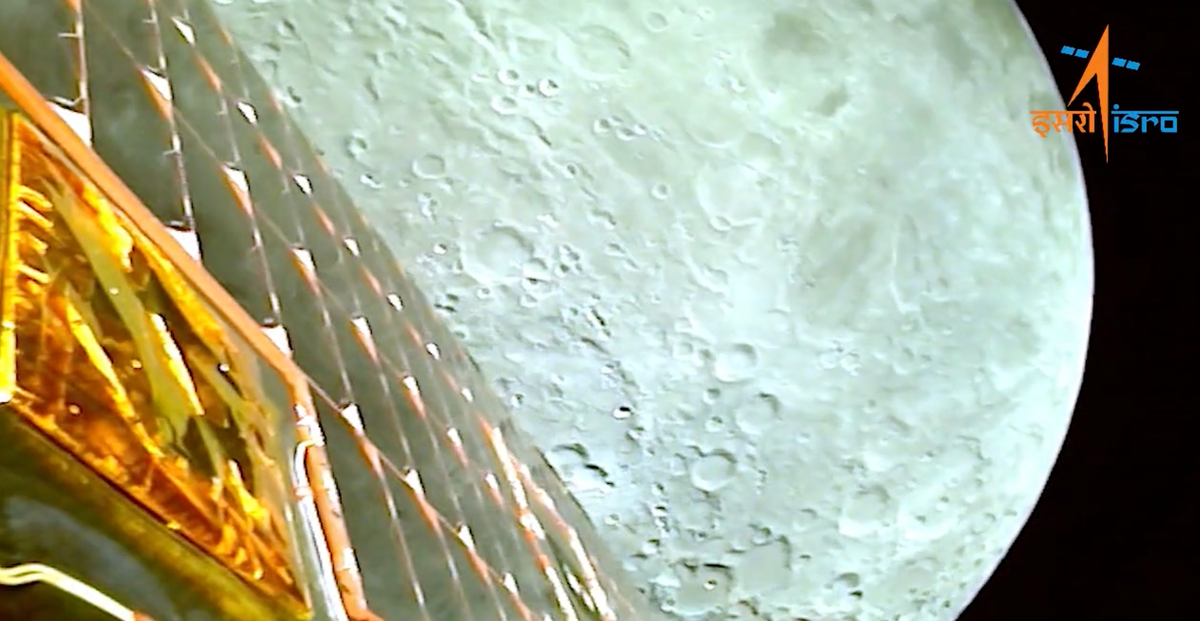
India’s Chandrayaan-3 Moon mission is in a tight race with Russia’s Luna-25 in setting down a lander and a rover on the lunar south pole.
The Chandrayaan-3 mission, launched from India’s main spaceport on 14 July, completed its orbiting maneuvres around the Moon on Wednesday, setting the stage for spacecraft’s Propulsion and Lander modules to start their separate journeys.
“Separation of the Lander Module from the Propulsion Module is planned for August 17, 2023,” the Indian space agency ISRO posted on Twitter, which has been rebranded as X.
The mission’s rover and lander are expected to make history when they reach the lunar surface on 23 August, making India the first country to soft land a probe on the lunar South pole – a coveted region believed to hold pockets of water ice.
But a Russian mission Luna-25, launched a week earlier, entered the circular polar orbit around the Moon on Wednesday, and may land close to the lunar south pole a day or two earlier.
Luna-25, which is Russia’s first moon mission in five decades, blasted off on Friday from the Vostochny cosmodrome 5,550km (3,450 miles) east of Moscow.
The lander is expected to touch down near the lunar South Pole on 21 August, according to Russia’s space chief Yuri Borisov.
“Now we will wait for the 21st. I hope that a highly precise soft landing on the moon will take place. We hope to be first,” Mr Borisov said after the launch.
If the Russian mission goes successfully, it may make history as the first to soft land a probe on the lunar south pole, with India’s Chandrayaan-3 having to settle for being a close second.
However, a successful landing would still make India only the fourth to delicately land a probe overall on the Moon after the US, former Soviet Union, and China.
Observers say the specific landing dates for the two missions are however more of a coincidence, and the two nations are not in a cold war-era race to the Moon.
The lunar south pole has become a region of interest among scientists at many space agencies in recent years as it has been found to contain traces of water ice in its shadowed craters.
Until now, no country has made a soft landing on the Moon’s south pole.
India’s Chandrayaan-3 mission is a follow-up mission four years after is first attempt to do so failed in 2019.
Discovering water ice in this part of the Moon could be historic for both missions, and may propel nations to extract fuel and oxygen from the lunar surface.
Maxim Litvak, head of Luna-25’s scientific equipment planning group, said the Russian mission’s most important task was to land where no one else had landed and to find water.







